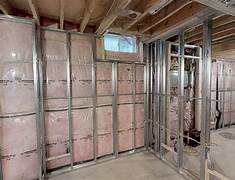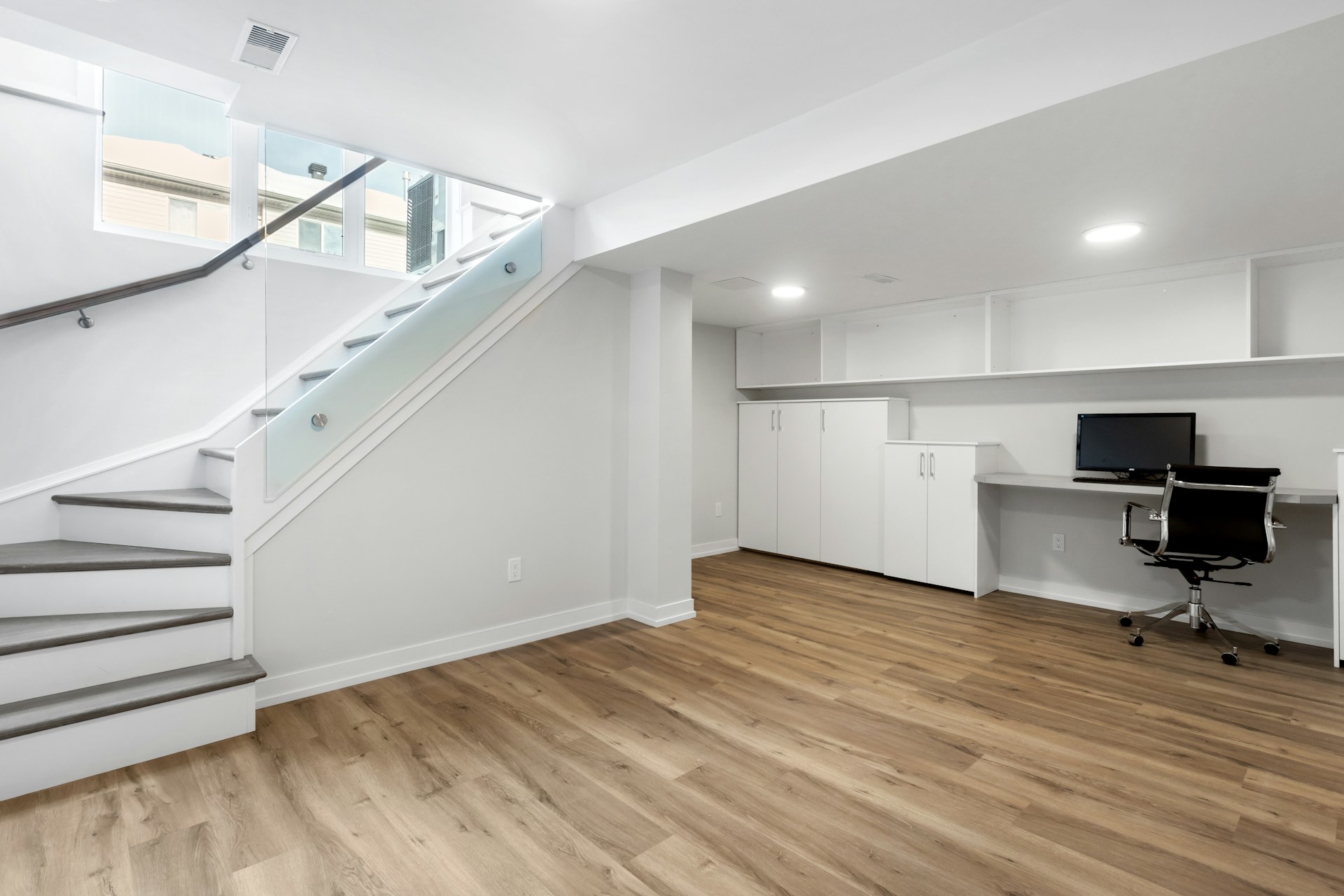Finding a quiet space to unwind, work, or pursue hobbies is increasingly important. Basements, often isolated from the rest of the home, offer an ideal retreat setting. However, as explained at energiesparhaus.at, without proper soundproofing, they can become echoey, noisy spaces, prone to disturbances from within the house and outside. Soundproofing is essential for creating a serene environment, whether you’re converting your basement into a home theater, music studio, or simply a peaceful escape. This article delves into the art of basement soundproofing, exploring techniques and materials that can help you achieve a quiet, comfortable space below ground.
Understanding Sound Transmission
 Before diving into soundproofing methods, it’s essential to understand how sound travels. Sound transmission occurs through air (airborne sound) and solid materials (structure-borne sound). Common noise sources in a basement include footsteps from above, conversations, HVAC systems, and outdoor sounds like traffic. To effectively soundproof a basement, you must address airborne and structure-borne sound transmission.
Before diving into soundproofing methods, it’s essential to understand how sound travels. Sound transmission occurs through air (airborne sound) and solid materials (structure-borne sound). Common noise sources in a basement include footsteps from above, conversations, HVAC systems, and outdoor sounds like traffic. To effectively soundproof a basement, you must address airborne and structure-borne sound transmission.
This often requires a combination of techniques to minimize noise from entering or leaving the space, ensuring that your basement remains a quiet retreat.
Soundproofing Walls
The walls of your basement are a critical element in your soundproofing strategy. Since basements are typically …

